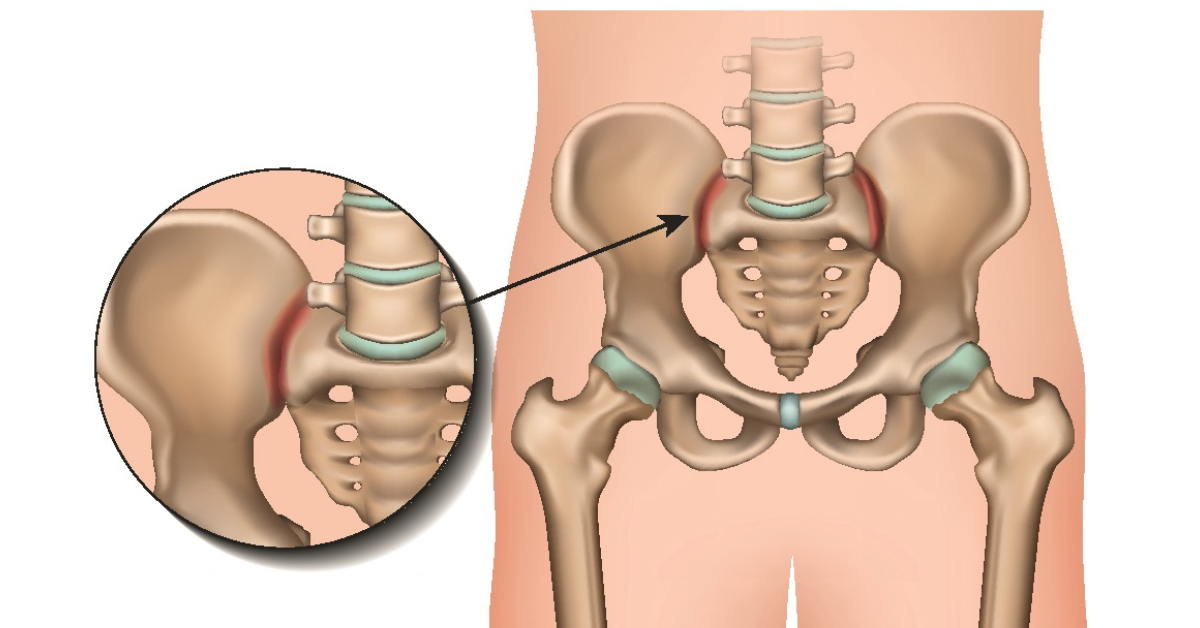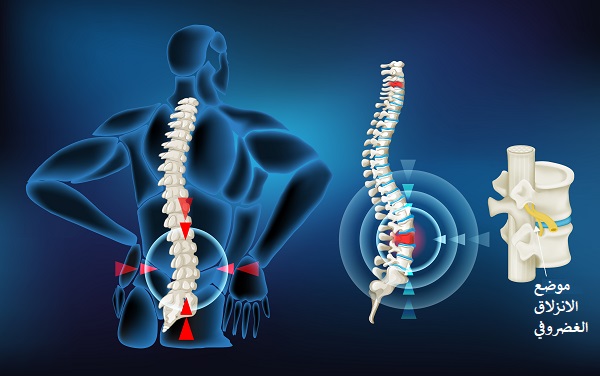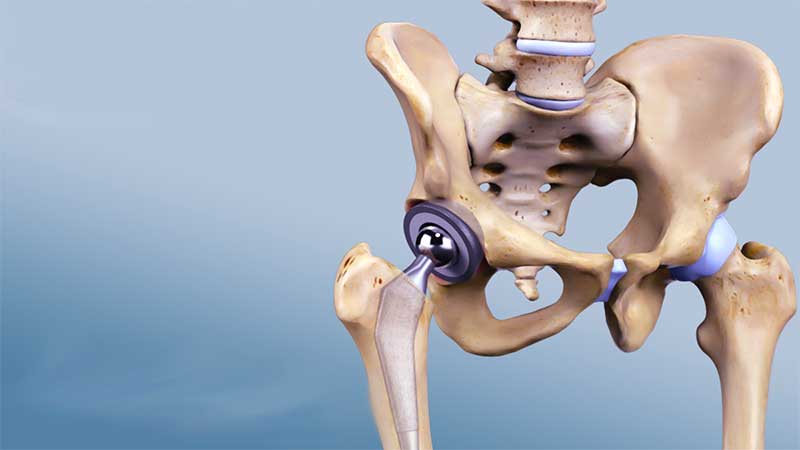! Foot Metatarsal Fractures and Their Most Important Types
Metatarsal Fractures, the metatarsal is one of the body parts that is most commonly exposed to fractures due to injuries or falls. In this article, we will help you to understand all the details related to fractures, including causes, symptoms, and effective treatment methods. Keep reading to learn all the latest information on this topic.

Metatarsal Fractures
Metatarsal fractures are common injuries that can occur as a result of falling or experiencing severe pressure on the foot. The pain can be severe and persistent, and the degree of severity can vary from case to case. Those with metatarsal fractures should rest the affected foot and follow important self-care measures for proper healing.
Rest is one of the essentials in treating metatarsal fractures. It is important for the patient to elevate their foot after standing or walking to relieve pressure on the affected foot. It is also advisable to avoid putting extra weight on the injured foot and avoid strenuous activities that can strain it.
Ice can be used to reduce pain and swelling. It is recommended to apply ice packs to the fracture area for 15-20 minutes several times a day. Using sturdy shoes to protect the fracture area and prevent abnormal movement is also advised. In more complicated cases or displaced fractures, surgical treatment may be necessary. The treatment depends on the location and severity of the fracture. It is advisable to consult a doctor to determine the appropriate treatment and avoid any complications.
Patients can keep their homes free of obstacles and clutter to avoid tripping and protect the fractured foot from further injury. Consult a doctor about using walking aids, such as crutches, if necessary to relieve pressure on the affected foot. If the necessary precautions are taken and proper care is given to the injured foot, patients can eventually return to their daily activities after complete healing.
Say goodbye to the pain of metatarsal fractures with Dr. Amr Amal’s expertise in effective treatment.
Symptoms of Metatarsal Fractures
Metatarsal fractures can be a serious health issue that requires immediate attention and proper medical care. To better understand this condition, we will discuss the most important symptoms that indicate a metatarsal fracture, which include the following:
- Severe and increasing pain with activity: Severe and acute pain is one of the most obvious signs of a metatarsal fracture. The patient may experience sharp, intense pain in the foot that significantly increases with physical activity and decreases noticeably with rest and relaxation. To learn more about a doctor for pain treatment, read the following article.
- Swelling and bruising in the foot: Swelling, redness, and bruising in the foot are common symptoms of a metatarsal fracture. When a metatarsal fracture occurs, there may be visible swelling and discoloration in the area.
- Pain upon touching the area: When you touch the area where the metatarsal fracture is located, you may experience sudden, severe pain. It is important to be cautious when touching the suspected area, as these symptoms may indicate the presence of a fracture.
- Changes in the way you walk: There may be changes in your walking pattern when you have a metatarsal fracture. The patient may find it difficult to bear weight on the affected foot and may adjust their gait to put more weight on the unaffected foot.
Types of Metatarsal Fractures
Metatarsal fractures are common injuries that people may face in their daily lives. These fractures can occur due to various causes, including direct or indirect trauma. Let’s take a look at the types of metatarsal fractures and explain some details about each one:
- Stress fractures:
A stress fracture is a common type of metatarsal fracture that occurs due to repeated stress on the bones. These fractures can occur in the long bones in the middle of the foot (metatarsal bones). Although they may be small and not visible on X-rays, they can cause severe pain and require treatment for healing. - Avulsion fractures:
Avulsion fractures occur when a part of the bone separates due to injury. These fractures may result from a forceful fall on the foot or direct impact to the foot. Avulsion fractures are common in the second metatarsal bone and may require fixation for proper healing. If you want to learn more about soccer injuries, click here. - Intra-articular fractures:
This type of fracture occurs in the navicular bone and requires special attention. The fracture is angled and may require surgical intervention to properly realign the bone. This type of fracture can also occur due to a metatarsal dislocation. - Spiral fractures:
A spiral fracture occurs when the fracture twists around the bone. This type of fracture may result from twisting the foot or experiencing a violent impact on the bone. Early medical evaluation is necessary to determine the appropriate treatment for this type of fracture.
Get rid of the pain of metatarsal fractures with Dr. Amr Amal, who provides comprehensive and specialized care for each patient.
First Aid for Metatarsal Fractures
1. Immobilizing the affected area:
When a metatarsal fracture is suspected, it is important not to move the affected area unnecessarily. You can use available means to immobilize the area, such as belts, a stick, or anything else that helps restrict the movement of the metatarsal.
2. Stopping bleeding:
In case of bleeding, first apply direct pressure to the bleeding area with a clean, folded cloth. Additional pressure can be applied to the area with a bandage to control the bleeding. If bleeding persists heavily, emergency services should be called immediately.
3. Applying ice:
Applying ice to the metatarsal fracture area is effective in reducing pain and swelling. Ice packs or a well-packed ice bag can be used to apply cold to the affected area. Ice should be applied for 15-20 minutes every hour in the first few days after the injury.
4. Elevation:
Elevate the injured foot above the level of your heart as much as possible. This measure will help reduce swelling and alleviate pain. A pillow or any other support can be used to elevate and support the foot.
5. Remaining at rest:
It is essential for the patient to remain at rest and avoid using the injured foot as much as possible. Crutches or bed rest can be used to stabilize the foot.
Remember, first aid is a crucial step in dealing with metatarsal fractures. However, it is important to seek medical attention as soon as possible for proper diagnosis and determination of the required treatment.
Diagnosing Metatarsal Fractures
A metatarsal fracture is a common injury that many people suffer from. In the following paragraph, we will learn how to diagnose this type of fracture, which includes the following:
1. Medical Consultation
When a metatarsal fracture is suspected, immediate medical consultation is necessary. The doctor will assess the symptoms and pain and order the necessary X-rays and tests to confirm the diagnosis.
2. CT Scans
CT scans are a crucial tool for diagnosing metatarsal fractures. These scans can accurately determine the location of the fracture more precisely than X-rays. With CT scan technology, doctors can identify the extent of the damage and determine the appropriate treatment.
3. Physical Examination
The physical examination includes a comprehensive evaluation of the foot and surrounding areas. The doctor will examine the swelling, bruising, pain, and foot movement. The doctor may also perform some motion tests to assess the patient’s ability to move the foot normally.
4. Diagnostic Tests
The doctor may order additional tests to confirm the diagnosis, such as MRI imaging or ultrasound imaging. These tests can reveal additional damage to the bones or surrounding tissues.
5. Surgical Procedure
In many cases, a metatarsal fracture may require surgical intervention. The doctor will determine the need for surgery based on the severity of the fracture and its impact on the patient’s ability to walk and move normally. Surgery may involve realigning the fracture and fixing it with special screws or wires.
6. Non-surgical Treatment
Not all cases of metatarsal fractures require surgery. In cases of simple fractures, non-surgical treatment may be the best option. Conservative treatment can include the use of a corrective cast or splint to immobilize the fracture for a specific period to allow proper healing.
By consulting a specialized doctor and following the appropriate treatment, you will be able to fully recover from a metatarsal fracture and regain your vitality and ease of movement. Do not hesitate to seek medical assistance if you suspect a fracture. Dr. Amr Amal offers comprehensive rehabilitation programs for metatarsal fractures, helping to improve strength and flexibility.
Methods for Treating and Healing Metatarsal Fractures
We will discuss a range of methods that can be used to treat and heal metatarsal fractures, which include the following:
- Avoiding painful activities: The first and most important treatment for metatarsal fractures is usually to avoid activities that cause pain and put pressure on the fractured foot. It is advisable not to use the affected foot and to use crutches while moving to maintain stability.
- Splint and special shoe: Some cases of metatarsal fractures may require immobilizing the fractured bone with a splint or a specialized shoe. These devices help stabilize the fractured foot and reduce unwanted movement to facilitate the healing process.
- Surgical treatment: In severe cases, a metatarsal fracture may require surgical intervention to place plates, screws, or rods in the fractured bone. This helps maintain the bone in a proper position during the healing period.
- Home care: The doctor’s instructions for caring for the fractured area at home should be followed carefully. Ice can be used to reduce swelling and pain, and the foot should be elevated above the level of the heart to improve blood flow and promote fracture healing.
- Physical therapy: After the fracture has healed, the doctor may recommend physical therapy sessions to strengthen the foot and restore normal movement. Therapeutic exercises may include strengthening the muscles around the foot, improving balance, and increasing joint flexibility.
- Regular follow-up with the doctor: It is important to have regular follow-up appointments with the foot doctor to monitor the healing process of the fractured foot and ensure it is progressing properly and appropriately.

How Long Does It Take for a Metatarsal Fracture to Heal?
In the case of metatarsal fractures, the patient typically needs a period of time to fully recover. The duration of treatment depends on several factors, including the type of fracture and its severity. Generally, a metatarsal fracture may take 6 to 8 weeks to heal. The patient should consider the treatment requirements, such as complete rest for extended periods and avoiding any pressure on the fractured metatarsal. It’s worth noting that a fifth metatarsal fracture typically requires a longer recovery period of up to eight weeks.
Therefore, it is normal for healing to be incomplete after three weeks. It should also be noted that the healing time for fractures can vary greatly depending on the severity and type of fracture. In general, healing can take anywhere from 6 to 12 weeks, unless complications occur. Healing may be delayed if the patient is a smoker. In general, adhering to the treatment instructions, resting, and properly caring for the injured foot contribute to faster healing and the avoidance of complications.
Receive effective and personalized treatment for metatarsal fractures from Dr. Amr Amal, who aims to achieve the best healing outcomes.
When Can You Walk After a Metatarsal Fracture?
After sustaining a metatarsal fracture, the ability to walk again depends on complete healing and regaining strength and endurance. However, a waiting period is recommended before the person can safely walk.
This period varies depending on several factors, including the type and complexity of the fracture, the person’s age, and their overall condition. Generally, the person may wear a cast for 4 to 8 weeks to immobilize the fracture and allow it to heal. After that, the person can gradually start moving and putting weight on the affected foot using crutches or walking aids. It is recommended to begin walking under the guidance of a specialized doctor who can assess the condition and determine the appropriate time to start walking.
The person should follow the doctor’s instructions carefully and adhere to physical therapy and specific exercises to strengthen the muscles and increase flexibility after the fracture has healed. Healing is aided by appropriate physical activity and a healthy diet.
Prevention of Metatarsal Fractures
- Wear appropriate shoes: Wearing proper shoes is essential for preventing metatarsal fractures. Shoes should be comfortable and provide good support for the foot and ankle. Choose shoes that fit your foot size accurately and provide enough room for your toes to move freely. Avoid wearing high-heeled shoes for extended periods and choose shoes with flat soles to provide stability and balance.
- Strengthen the bones of the foot and metatarsal: Strengthening the bones of the foot and metatarsal can help prevent metatarsal fractures. Perform exercises to strengthen the muscles around the foot, such as balance exercises, foot stretches, and toe exercises. Strength and balance exercises can improve foot stability and strengthen the metatarsal bones.
- Use crutches and braces: In case of an early metatarsal fracture, stopping activities that caused the fracture and using crutches may be part of the necessary treatment. Use crutches with caution and follow the instructions of your doctor or healthcare professional to avoid causing further harm to the fractured foot. In some cases, wearing a brace may be necessary, depending on the type of fracture and the doctor’s recommendations.
- Wear protective footwear: In some cases, patients may need to wear specialized protective footwear after recovering from a metatarsal fracture. This shoe is designed to provide additional protection and support for the fractured foot and can reduce the risk of re-injury or loss of balance. For more information about cast shoes, for more information about the gypsum shoe Click here.
- Regular Medical Follow-up: Elderly individuals are advised to have regular medical check-ups to assess their condition and the risk factors that may expose them to falls and foot metatarsal fractures. Through a bone density test, the strength and density of bones can be evaluated, and appropriate preventive measures can be taken to maintain bone health.

Who is the best doctor to treat foot metatarsal fractures in Cairo?
Dr. Amr Amal is one of the best specialists in orthopedic and joint surgery. He currently works as a consultant at Borg El Foad Medical Tower and enjoys a prestigious medical reputation.
If you are looking for the right treatment for your condition, it is recommended to visit Dr. Amr Amal’s clinic, where you can book a suitable appointment for a medical examination. Dr. Amr Amal’s clinic is a distinguished medical center with high ratings and a good reputation among patients.
And if you are looking for more information about the doctor who contributes to the treatment of all foot diseases and injuries, such as toe deformities, Achilles tendon tears, plantar fasciitis treatment, and inflammation, you can rely on Dr. Amr Amal, who specializes in this field.
Given Dr. Amr Amal’s distinguished specialties in orthopedic and joint surgery and his excellent reputation among patients, many consider him the best doctor for treating foot metatarsal fractures in Cairo.


















